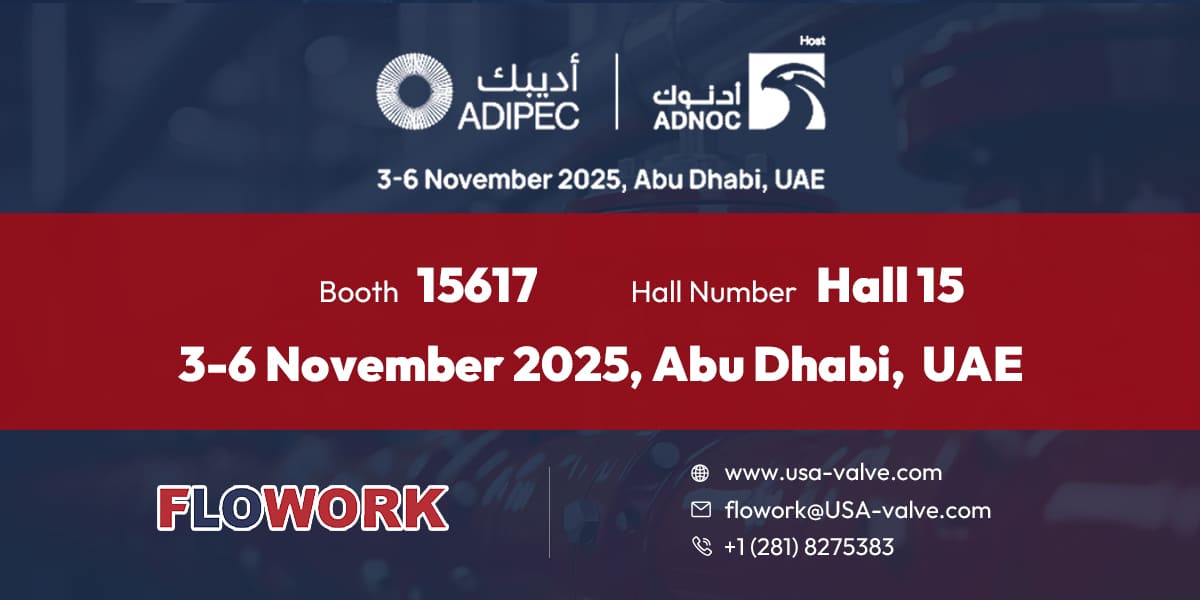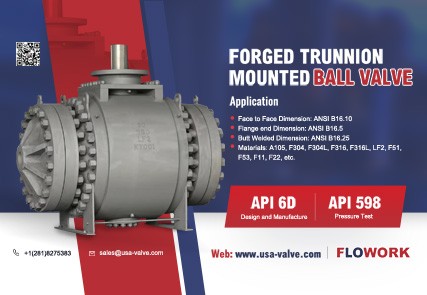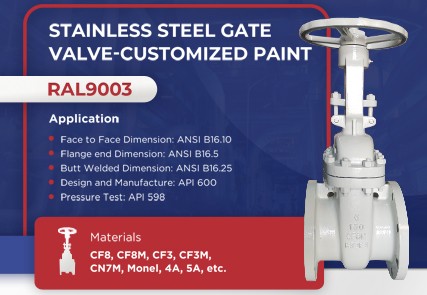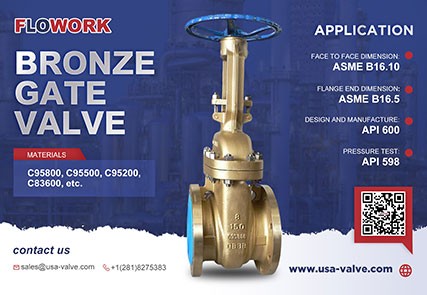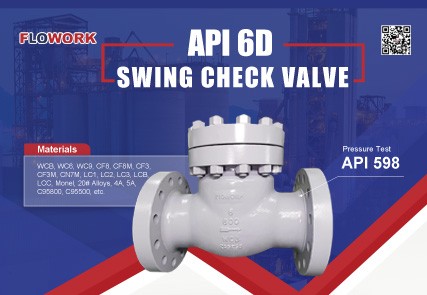What is the API Standard for Plug Valves?
When you are sourcing plug valves for pipelines—especially in the oil, gas, refining, or chemical processing sectors—the biggest question you’ll face is compliance. You want to be sure that the valves you purchase meet recognized safety, quality, and performance benchmarks. The API (American Petroleum Institute) standards exist for exactly this purpose. For plug valves specifically, different applications are covered under different API standards, and understanding these helps you avoid mismatches, downtime, or costly rework later. Think of this guide as your detailed, practical walkthrough—no fluff, only what helps you make confident purchasing decisions.
Understanding Plug Valves in Industrial Use
Plug valves sound simple at first glance—just a cylindrical or conical “plug” rotating inside a valve body to open or restrict flow. But you and I both know industrial reality is never that simple. Reliability matters. Seal integrity matters. Maintenance access matters. The API standard you choose ensures your plug valve holds up where it’s installed—be it a high-pressure transmission line, a corrosive refinery unit, or a general-purpose industrial system.
Why Plug Valves are Different
Plug valves offer:
- Tight sealing with minimal leakage (when properly selected and maintained).
- Quick quarter-turn operation.
- Long service life in abrasive or corrosive media.
- Suitability for multi-port operation where one valve can replace multiple ball or gate valves.
A well-chosen plug valve can simplify a system. A poorly chosen one can cause maintenance headaches. So — let’s get into the API standards that guide you to the correct choice.
Which API Standards Apply to Plug Valves?
While plug valves may seem like a single product category, they are divided by function and application. Different API standards cover pressure classes, testing procedures, materials, design tolerances, and documentation requirements.

Key API Standards Relevant to Plug Valves
| API Standard | Application Scope | Valve Types Covered | Pressure Classes | Industries | Notes |
|---|---|---|---|---|---|
| API 6D | Pipeline transportation systems | Plug valves, ball valves, gate valves, check valves | Typically up to Class 1500 | Oil & Gas, Pipeline Transmission | Most common standard for industrial plug valves |
| API 599 | General purpose plug valves | Lubricated & Non-Lubricated Plug Valves | Class 150 to 2500 | Industrial & Commercial | Focuses more on design dimensions |
| API 607 | Fire-safe testing | Valves with soft seats including plug valves | N/A | Oil, Gas, Chemical | Fire-test certification |
| API Q1 | Quality management system for valve manufacturers | All valve types | N/A | All Process Industries | Indicates manufacturer reliability |
You're not just selecting a valve—you’re selecting an application fit.
If your use-case is pipeline isolation, block valve service, or product transfer lines, API 6D plug valves are typically required.
If your need is general industrial flow control, API 599 may be sufficient.
When you need fire protection compliance (common offshore, refinery, or tank farm environments), API 607 is relevant.
API 6D Plug Valves: The Most Common Standard in Pipeline Systems
So, when someone asks, “What is the API standard for plug valves?” — the answer is most often:
API 6D.
Why?
Because API 6D governs valves used in pipeline transportation systems, which is where plug valves often operate as block, isolation, or diversion valves.
Key Characteristics of API 6D Plug Valves
You want:
- Full or reduced bore options.
- Low torque operation.
- Reliable seat sealing.
- Easy maintenance and in-line serviceability.
- Minimal fugitive emissions.
In pipeline service, even minor leakage matters—especially in hydrocarbons. API 6D plug valves are built to prevent that.
Case Example: When API 6D Makes a Business Difference
A petrochemical plant in Southeast Asia was experiencing frequent seal degradation in their ball valves operating on high-temperature aromatic service. The valves were compliant—but not API 6D tested for durability in pipeline transfer duty.
After replacing the ball valves with API 6D lubricated plug valves, seal maintenance intervals increased from every 4 months to every 18 months.
The result?
- Reduced downtime
- Lower maintenance labor cost
- Increased system reliability
Sometimes, the right API standard isn’t just a document—it's cost control, safety, and peace of mind.
Comparing API 6D vs API 599 Plug Valves
API 6D Plug Valves
Best for pipeline block valve applications.
Designed for transport of product under pressure.
API 599 Plug Valves
Best for general industrial service.
Designed more for process control rather than pipeline isolation.
So when a supplier quotes you a plug valve — ask which standard it conforms to.
If they hesitate, that’s a red flag.
Choosing the Right Plug Valve for Your Application
Here are a few core considerations when choosing:
(no numbering, per your formatting request)
- Media Composition (gas, crude, slurry, acidic, polymer, etc.)
- Operation Frequency (isolation vs continuous adjustment)
- Required Seal Integrity and Leakage Class
- Maintenance Access Constraints
- Pipeline Size and Pressure Ratings
If you’re unsure, go with API 6D unless your system is purely internal industrial processing and not pipeline-connected.
Recommended Product: Flowork API 6D Plug Valves
If you are looking for plug valves that fully meet API 6D, here is a direct reference:
Flowork manufactures plug valves with:
- API 6D certification
- Fire-safe construction (optional API 607)
- High sealing reliability
- Compact, maintenance-friendly design
- Proven international project references
This is the kind of supplier you want if reliability and compliance matter on your job.
Conclusion
Selecting the correct API standard for plug valves is more than compliance—it's about guaranteeing performance, long-term reliability, operational safety, and lifecycle value. If your project involves pipeline transport or fluid isolation under pressure, API 6D plug valves are the standard you should rely on. They provide proven sealing, predictable performance, and globally recognized safety validation. When in doubt, choosing API 6D ensures you meet customer, regulatory, and equipment lifecycle expectations. To move confidently forward, consider sourcing from reputable manufacturers like Flowork, who specialize in API 6D plug valves for demanding industrial applications.
Ready to source? Explore Flowork’s API 6D Plug Valves here: https://www.floworkvalve.com/product/api6d-plug-valves-2/
FAQs
What is the main API standard for plug valves?
API 6D is the most common standard for plug valves used in pipeline service.
Are API 599 plug valves lower quality?
Not lower quality—just intended for general industrial service instead of pipeline isolation duty.
Do all plug valves require fire-safe certification?
Only when the application involves flammable media or refinery/petrochemical environments. Look for API 607 certification.
Can API 6D plug valves be serviced in-line?
Yes, many API 6D plug valves are designed for in-line maintenance, reducing downtime.
Does Flowork manufacture custom-port plug valves?
Yes. Flowork supports multiple port configurations and custom specifications.


